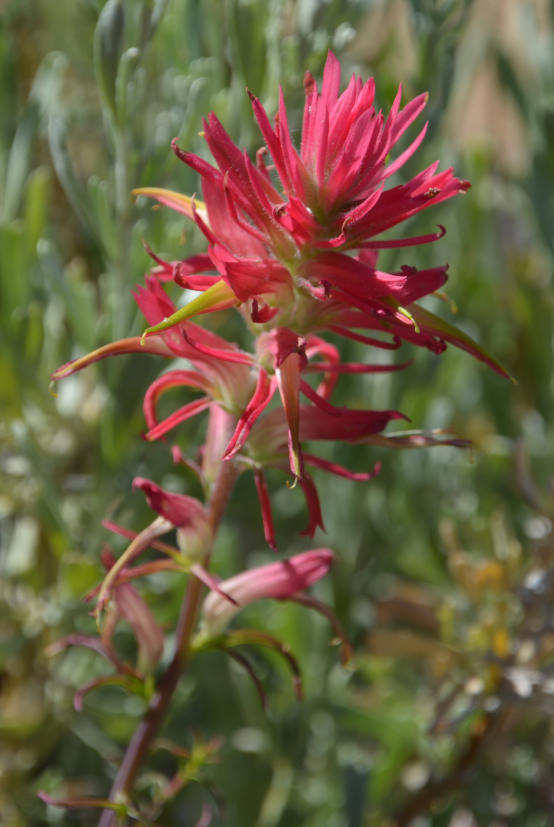
Nutritional specialization and host-related diversification in parasitic plants
Parasitism represents the most extreme interaction between plants, where the parasitic plant steals water and nutrients from another plant. The dependency on a host represents an isolating barrier absent from nonparasites, which eventually changes diversification patterns as parasitism intensifies. The Orobanchaceae family represents a natural model system for studying host-related diversification in plants. The species-rich family comprises nonparasitic species as well as hundreds of parasites that differ in their lifestyle as photosynthetic or nonphotosynthetic parasites, their degree of host dependency, and their host preferences. By attacking the roots of important crops such as maize, legumes, canola, and many vegetables including tomato and potato, some Orobanchaceae such as Striga, Orobanche, and Phelipanche have become the agro-economically most important parasitic weeds. The potential for the evolution of more agricultural pests is high, because many wild Orobanchaceae share similar ecological preferences and/or life histories with their noxious relatives. Despite this, we lack phylogenetic models for the spatio-temporal, host-ecological, and genomic evolution of the entire family, which would allow assessing the risk of co-domesticating new virulent ecotypes.
This project is supported by the German-Israeli Foundation for Scientific Research and Development in its Young PI-Program.